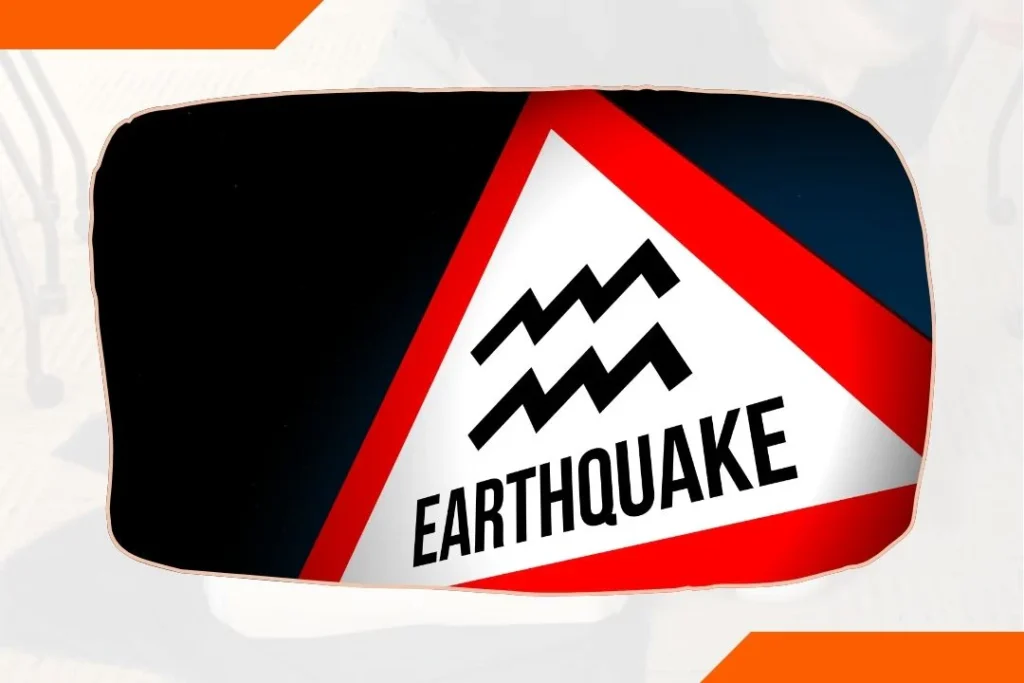When disaster strikes, there’s no room for hesitation. Every second counts, and what you do—or don’t do—can mean the difference between safety and tragedy. Over my decades in emergency response, I’ve seen firsthand how preparedness can save lives and how the lack of it can cost dearly. Schools, being places of learning and community, have a unique responsibility to prepare for emergencies.
Disaster response training isn’t just a good idea; it’s a necessity. Here’s why—and how—your school can take action today.
Why Training Matters: Lessons from the Field
Imagine this: A 6.5 magnitude earthquake hits during school hours. Power is out, hallways are filled with debris, and the fire alarm blares nonstop. Teachers are scrambling to ensure students’ safety, but there’s no clear plan in place. Chaos ensues.
Now picture the same scenario, but this time the staff has been trained in disaster response. Each team member knows their role: clearing evacuation routes, administering first aid, and maintaining communication. The chaos is replaced with calm, organized action.
Training bridges the gap between panic and preparedness. It empowers your school community to respond with confidence—protecting lives in the critical moments before professional help arrives.
Key Elements of Effective Disaster Response Training
Role-Specific Training
Every staff member should know their role in an emergency. Who’s in charge of student accounting? Who manages triage? Who handles search and rescue? Clear roles eliminate confusion and ensure tasks get done efficiently.
Scenario-Based Drills
Practice makes perfect. Running realistic drills—like earthquake evacuations or active shooter scenarios—prepares your team to act under pressure. These simulations help everyone react faster and smarter in real crises.
Medical Preparedness
Basic first aid and triage skills are non-negotiable. Disaster training should include CPR certification and hands-on first aid instruction. These skills can be lifesaving while waiting for emergency services to arrive.
Communication and Coordination
In an emergency, communication can break down quickly. Training helps establish strong protocols for staying connected and informed, even when tech fails or infrastructure is compromised.
Evaluation and Improvement
After every drill or event, gather feedback. What worked? What didn’t? Use these insights to update your response plan. Constant review keeps your team sharp and ready for anything.
Taking Action: How to Get Started
Organize Your Team
Begin by creating an Emergency Response Team (ERT) for your school. Include members from administration, teaching, and support staff. Everyone has a role to play in saving lives.
Schedule Training
Partner with experienced trainers who understand real-world emergencies. At Disaster Survival Skills (DSS), we offer hands-on workshops tailored for schools, led by retired Fire Captain Wayne Bennett. These sessions focus on practical skills and confidence-building, not just theory.
Run Regular Drills
Treat drills as real learning opportunities. Rotate through different emergency scenarios—earthquakes, fires, lockdowns—to ensure your team is prepared for anything.
Involve the Whole School
The Time to Prepare Is Now
Disasters don’t wait for convenient moments. They strike without warning—leaving only those who’ve prepared with a fighting chance.
Don’t let your school be caught off guard. Build a strong foundation through disaster response training and CPR instruction. Practice often. Stay sharp. And when the unthinkable happens, you’ll be ready to protect what matters most: your students and staff.

